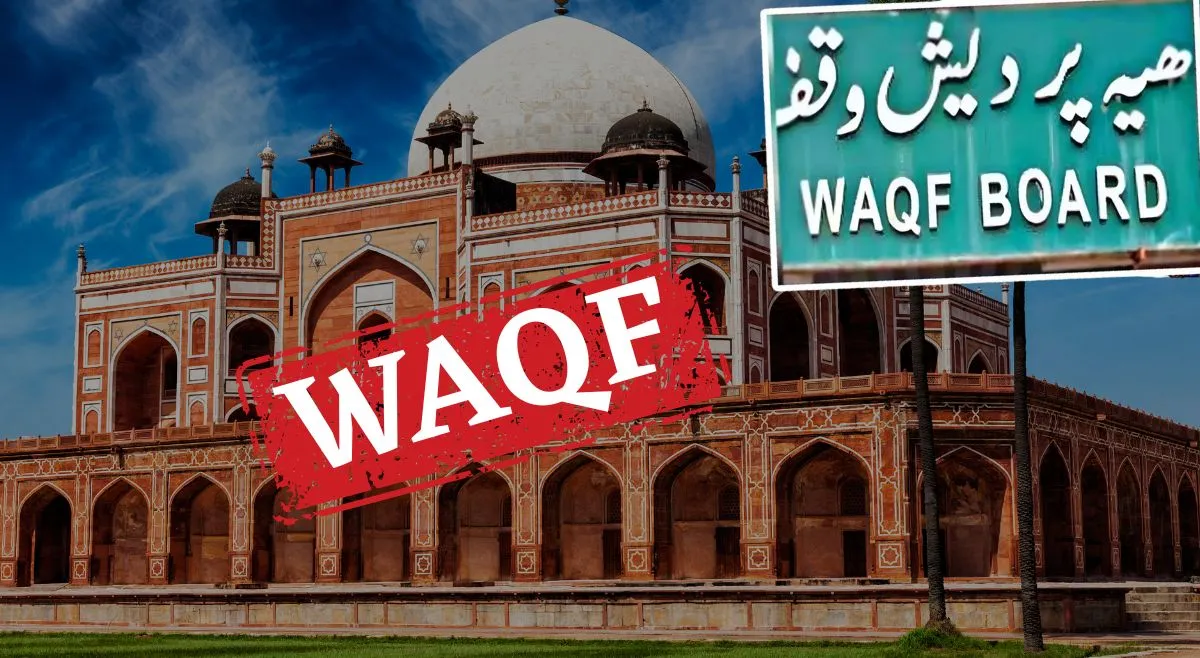- By Ridam Sharma
- Thu, 03 Apr 2025 12:19 PM (IST)
- Source:JND
Property Claims By Waqf Boards: One of the biggest owners of land in India is Waqf boards, with over 8.7 lakh properties covering an area of 9.4 lakh acres. The land under Waqf board is valued at an estimated Rs 1.2 lakh crore. According to Islamic law, Waqf Boards manage property that is being used for religious or charitable purposes. As big as they are, Waqf Boards still face issues like encroachment, disputes, and misgovernance. Recently, the Waqf (Amendment) Bill, 2024, was launched by the Indian government to enhance the management and transparency of Waqf properties.
Let’s Take A Look At The Key Highlights Of Waqf - Third largest landowner in India
1. Legal Framework: Waqf properties are regulated through the Waqf Act, 1995, which is being amended to fix problems such as mismanagement and judicial apathy in the context of properties and assets.
2. Total Assets: Waqf Boards hold large portfolios of properties, which is almost 8.7 lakh waqf assets, including immovable (872,804) and movable properties (16,716), spread all over India, as claimed by the Waqf Assets Management System Of India.
List Of Top 10 Property Claims By Waqf Boards:
Waqf Boards have made several significant and sometimes controversial claims on properties across India. Let’s take a look at the list of top 10 property claims by Waqf Boards.
1. Maha Kumbh Land
During Kimbh Mela in January 2025, a group of young men claimed that Maha Kumbh Land in Prayagraj belongs to the Waqf board, which created widespread controversy and made headlines.
2. Humayun's Tomb
In 2010, Waqf boards claimed over Delhi’s Humayun's Tomb in Delhi. They also fought for this tomb being among over 150 heritage properties under unauthorized possession of the Archaeological Survey of India (ASI).
3. Thiruchenthurai Village
Thiruchenthurai Village in Tamil Nadu was claimed by Waqf boards, which caused problems for native landowners, who needed NOC from the board to sell property to repay loans.
4. Eidgah Ground
The Bengaluru Eidgah Ground was claimed as Waqf property even though no official transfer of title was done against the Muslim organisation.
5. Municipal Corporation Building
The Municipal Corporation Building in Surat was also claimed by Waqf boards. It was stated that the place was used as a sarai for pilgrims during the Mughal era, and after the British era, it was transferred to the Government of India. However, the Board stood strong on “once a Waqf, always a Waqf.”
6. Islands in Bet Dwarka
Waqf Boards also claim the two islands in Devbhoomi Bet Dwarka in Gujarat. However, the Gujarat High Court turned down the plea.
7. DDA land
Additionally, Waqf Boards took over 138 Delhi Development Authority (DDA) Properties and 108 Land and Development Office (L&DO) properties.
8. Mughal Mosque
The Mughal Mosque in Qutub Minar Complex was declared as their by Delhi Waqf Board. They also opted for permission for offering namaz as Waqf claimed they had historical significance there.
9. Lutyens' Delhi
The UPA government gave away 123 properties to the Delhi Waqf Board in 2014. Most of these properties were in Lutyens’ zone of Delhi.
10. Land In Kerala
The Waqf Board claimed almost 400 acres of land in the Ernakulam district, Kerala, which was historically possessed by Christian residents. This claim by Waqf boards created mass protests in the area.

